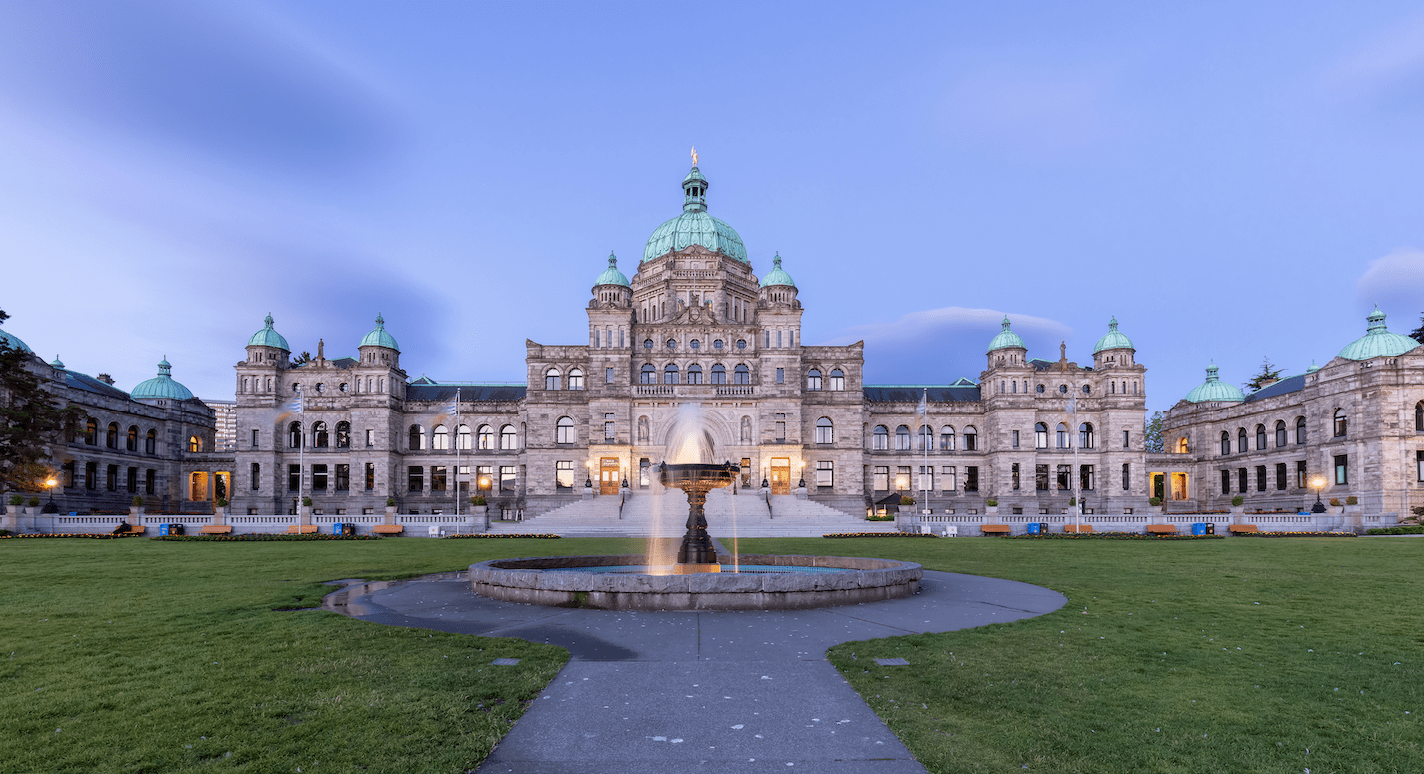
BRITISH COLUMBIA – Residential construction has been declining since its peak in 2021, although a report from BuildForce Canada is calling for a modest increase in the foreseeable future, to offset a small contraction in non-residential activity.
The report, titled 2025–2034 Construction and Maintenance Looking Forward national forecast, states that renovations are on the upswing, and that investment levels in the non-residential sector are expected to fluctuate with overall growth moderating into 2031.
“Construction is at or near peak activity levels in almost every region of the country. This means that not only are provincial labour forces dealing with their own challenges when it comes to retirements and the recruitment of new workers, but workforce mobility is also less likely, given the volume of projects in nearly all regions of the country,” says Warren Douglas, Vice-Chair of BuildForce Canada. “These labour market pressures are complicated by Canada’s demographics challenge. The BuildForce Canada outlook projects that nearly 270,000 experienced construction workers, or one-fifth of the 2024 labour force, will exit the industry through retirement in the next 10 years.
“It takes time for newer workers to acquire the skills and experience of older workers, which means knowledge transfer and mentorship will be critical to ensure the industry does not suffer a skills gap during this transition.”
After remaining largely unchanged in 2025, investment in the residential sector is projected to chart a steady series of increases from 2026 to 2034. The report notes that activity is driven initially by strong demand for new-housing construction as interest rate pressures ease, and pent-up demand brings consumers back to the market.
Although later years see new-housing construction growth slow, investment growth is projected to be driven by strong levels of activity in residential renovations.
Non-residential construction investment is projected to ebb and flow across the forecast period, in line with the timing of current and proposed major projects. Investment slows into 2030 before increasing in line with population demands and economic growth to the end of the forecast period.
“A projected return to growth in the residential construction sector in 2025 will create further demands on the construction labour force into the late 2020s,” says Bill Ferreira, Executive Director of BuildForce Canada. “Growth is expected to be slow initially as buyers return to the market and excess supply is absorbed, but later years see growth accelerate in response to pent-up demands.”
Growth in construction demands over the forecast period is projected to require the labour force to expand by 111,600 workers. When this growth is added to projected retirements, the industry’s overall hiring requirement rises to 380,500 workers by 2034.
Based on historical trends, much of this requirement can be met by the expected recruitment of approximately 272,200 new entrant workers under the age of 30 during this period. However, even at these heightened levels of recruitment, the industry may face a shortage of as many as 108,300 workers by 2034.
Construction For Canadians Campaign

Rodrigue Gilbert, President of the Canadian Construction Association
A new campaign titled Construction For Canadians, supported by 57 regional, provincial and national construction associations from across the country, has been launched, calling for action on infrastructure investment and development.
“A strong construction industry is the key to a strong Canada,” says Rodrigue Gilbert, President of the Canadian Construction Association (CCA). “To support long-term growth, the next federal government must make the necessary and overdue investments in trade-enabling infrastructure, workforce development, and modernized procurement.
“The stakes are high — without strategic investment, Canada risks falling further behind,” adds Gilbert. “We need bold action to ensure our industry has the resources, talent, and opportunities to keep building a strong economy and communities where Canadians can thrive.”
ICBA Concerned About Provincial, National Policies
The Independent Contractors and Businesses Association (ICBA) has released several position and opinion pieces expressing their concern about the B.C. provincial government, as well as federal government policies that are hampering the industry.
ICBA’s concerns regarding the recent budget from the NDP government in Victoria include a statement that the “BC Budget Ignores Economic Reality.”
“The budget forecasts 1.8% GDP growth in 2025 and 1.9% in 2026, but these projections are already meaningless in light of the Trump administration’s new 25% tariffs on Canadian goods. With Canada retaliating in kind, B.C. is now staring down the barrel of a recession that this budget doesn’t account for,” it states, adding the runaway deficits and debts are a concern. “Even before the trade war, B.C. was planning $10 billion deficits for years to come. Premier Eby has doubled the province’s debt-to-GDP ratio in just five years—without a plan to rein it in. With economic conditions now deteriorating, expect the province’s finances to spiral further out of control.”

Jock Finlayson, ICBA Chief Economist
These will contribute to worsening the housing crisis in the province, as B.C. housing starts have stagnated below 50,000 per year – far less than what is needed.
In an opinion piece that ran recently in the Toronto Sun, ICBA Chief Economist Jock Finlayson, penned several observations and solutions to stimulate the national economy.
“It’s no exaggeration to describe the Trudeau years as almost a ‘lost decade’ for Canadian prosperity,” Finlayson wrote. “Measured on a per–person basis, national income today is barely higher than it was in 2015, after stripping out the effects of inflation. On this core metric of citizen well-being, Canada has one of the worst records among all advanced economies. We have fallen far behind the U.S., where average real income has grown by 15% over the same period, and most of Europe and Japan, where growth has been in the range of 5-6%.”
Finlayson called for cutting inter-provincial trade barriers, along with a re-tooling of climate and energy policies “to reduce the economic damage done by the long list of regulations, taxes, subsidies and other measures adopted by Trudeau. Canada should establish realistic goals for lowering greenhouse gas emissions, not politically manufactured “targets” that are manifestly out of reach.”
Business Examiner


